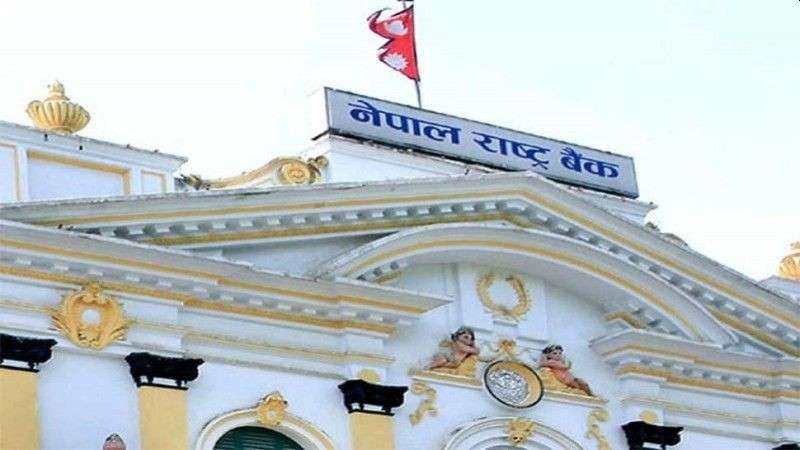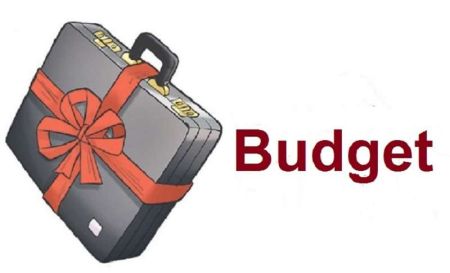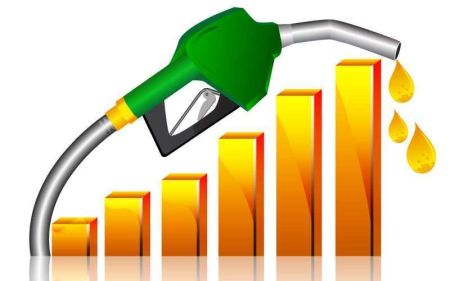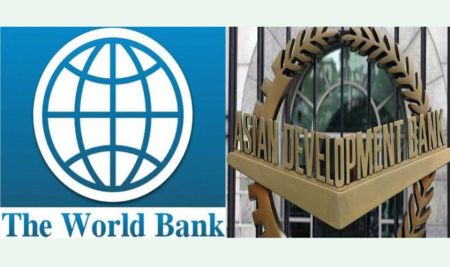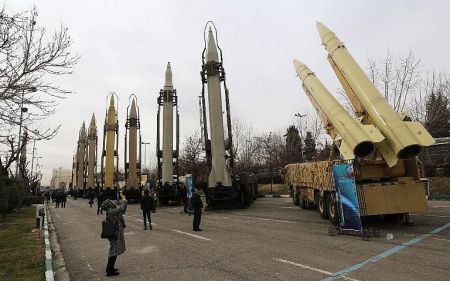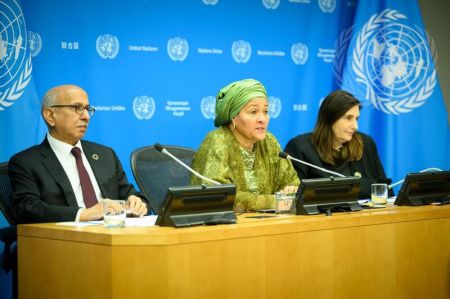September 27: The current account, which had been in deficit for the last four years, is in surplus in the current Fiscal year (FY). According to the financial report published by Nepal Rastra Bank, the current account balance recorded a surplus of Rs 25.42 billion in the first month of the current FY 2077/78.
The current account has a surplus of USD 212.1 million in this FY. The pandemic has decreased foreign travel, reduced imports and increased the remittance, which has led to a surplus in the nation’s current account, according to the report.
Previously, the current account in the first month of FY 2072/73 was in a surplus of Rs 9.15 billion. This account had been in a deficit from the FY 2073/74 to 2076/77. The current account had a deficit of Rs 9.34 billion in the first month of FY 2076/77. Similarly, the deficit widened to Rs 25.38 billion with the sharp increase in imports in FY 2075/76. Increase in deficit of merchandise trade led to a deficit of Rs 5.98 billion in FY 2074/75 whereas the decrease in remittance and foreign grants led to a current account deficit of Rs 2.32 billion in FY 2073/74.
Similarly, the inflow of foreign currencies has increased more than the outflow from the country along with current account surplus, which has led to a surplus of Rs 51.46 billion in the Balance of Payments. The Balance of Payments was in a surplus of Rs 6.05 billion in FY 2076/77.
Dr Gunakar Bhatta, the spokesperson of Nepal Rastra Bank, says that the current account surplus after a long time indicates the good savings of the entire country along with a weak investment situation.
He pointed that it is a good thing to have savings for the import of required materials in order to construct big infrastructures in the future in Nepal. “The surplus in the current account shows that Nepal has good savings but less investments. The credit flow of banks, import of organizational and construction materials and the capital expenditure of the government has decreased. With less investments, the economic activities will decrease,” he told New Business Age, adding, “Moreover, if we are in surplus now, there won’t be lack of resources to increase the economic activities in the future. Without savings, there is a compulsion to take loans. Even if the current account is in deficit, it shows that there are investments being made in the country.”
Economist Keshav Acharya however, believes that the surplus in the current account is necessary and a positive indication as this is not a good environment to invest due to the coronavirus pandemic. He argues that the current account surplus even when the economic activity is close to zero indicates a strong economy. “Nepal has also signed loan agreements with institutions like International Monetary Fund, the World Bank and the ADB. Such loans and grants may have also helped in the surplus balance of the current account and the balance of payments,” he said.
According to NRB spokesperson Dr. Gunakar Bhatta, the surplus in the current account was due to the decrease in imports and services like foreign travel and the increase in remittance. The total merchandise imports has declined by 19.6 percent amounting to Rs 85.81 billion in the first month of this fiscal year. Imports of rice, telecommunications equipment and its spare parts, crude soybean oil, coal, edible oil and other commodities have decreased this time whereas the import of petroleum products, means of transport and its spare parts, other machinery, MS billets and hotroll seats and other items have declined. Such imports had decreased by 11.5 percent in the same period in the previous fiscal year.
In the first month of the FY 2077/78, the total merchandise exports increased by 8.9 percent amounting to Rs 9.62 billion. In the first month of FY 2077/78, the total merchandise trade deficit decreased by 22.2 percent leading to a total of Rs 76.19 billion. Such deficit had decreased by 13.9 percent in the same period of the last fiscal year.
Another reason for the surplus in the current account and the Balance of Payments is the decrease in the balance of service account for the expenses related to foreign travel and education. The travel expenditure has decreased by 77.4 percent to Rs 1.58 billion in the current fiscal year, out of which Rs 1.39 billion was for education. The travel expenditure in the previous fiscal year was Rs 7.02 billion, out of which the expenditure for education was Rs 2.41 billion. However, the income from services has also decreased which is dangerous for an economy. Due to the decrease in income from tourism, the total service account is in a deficit of Rs 2.45 billion. The income from tourism has reached Rs 605.6 million after decreasing by 86.1 percent.
Sharp Increase in the Rates of Vegetables in One Month
Although the overall inflation in the country seems to be under control, there has been a sudden hike in prices of vegetables across the country. The price of vegetables have increased sharply in a span of one month. The data from the central bank shows that the price of vegetables increased by 28.32 percent in the month of Shrawan (mid-July to mid-August) as compared to Ashad (mid-June to mid-July). Similarly, the inflation in the price of pulses and legumes, fish and meat, and tobacco was higher in the first month of the current fiscal year as compared to the corresponding period of last FY. The inflation in the food and beverages group was 5.38 percent and in the non-food and services group was 2.4 percent.
The Foreign exchange Reserve is at 14 trillion
The foreign exchange reserve stood at Rs 1436.730 billion in the end of Shrawan (mid-July to mid-August) of this fiscal year. According to Nepal Rastra Bank, based on the imports up to the first month of FY 2077/78, the foreign exchange reserve of the banking sector will be sufficient to support the import of goods and services for 15.6 months.


